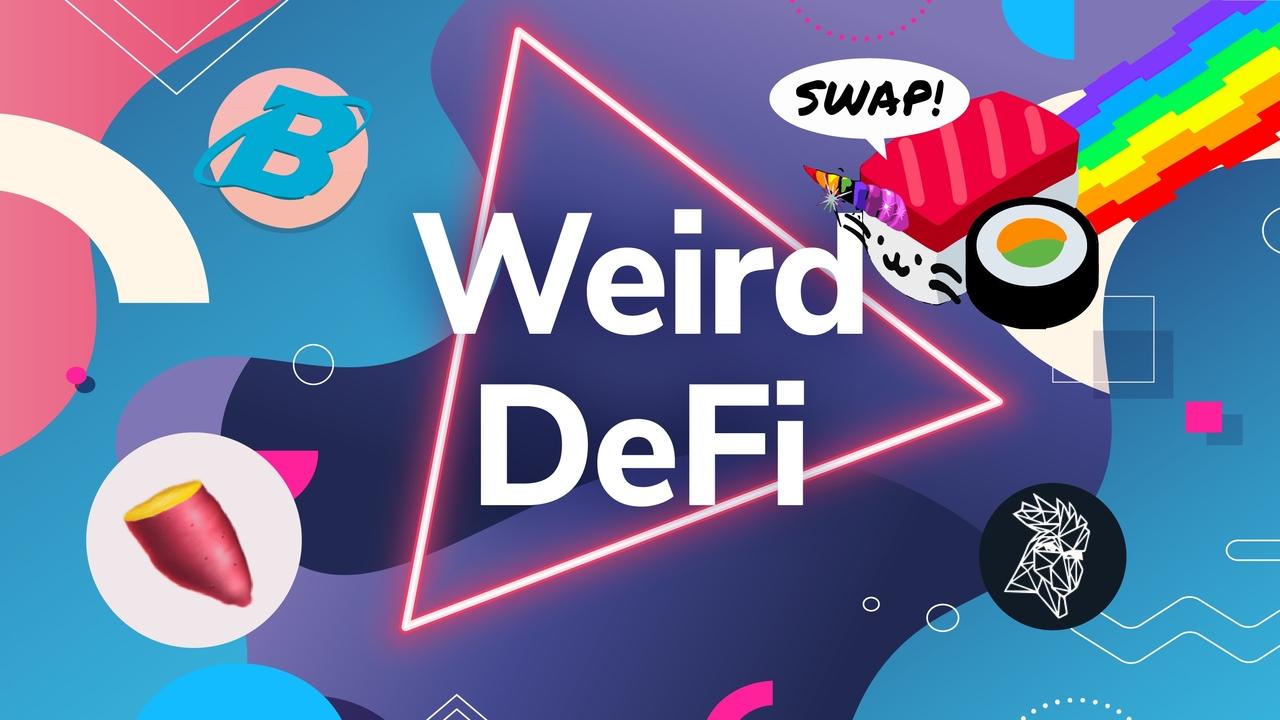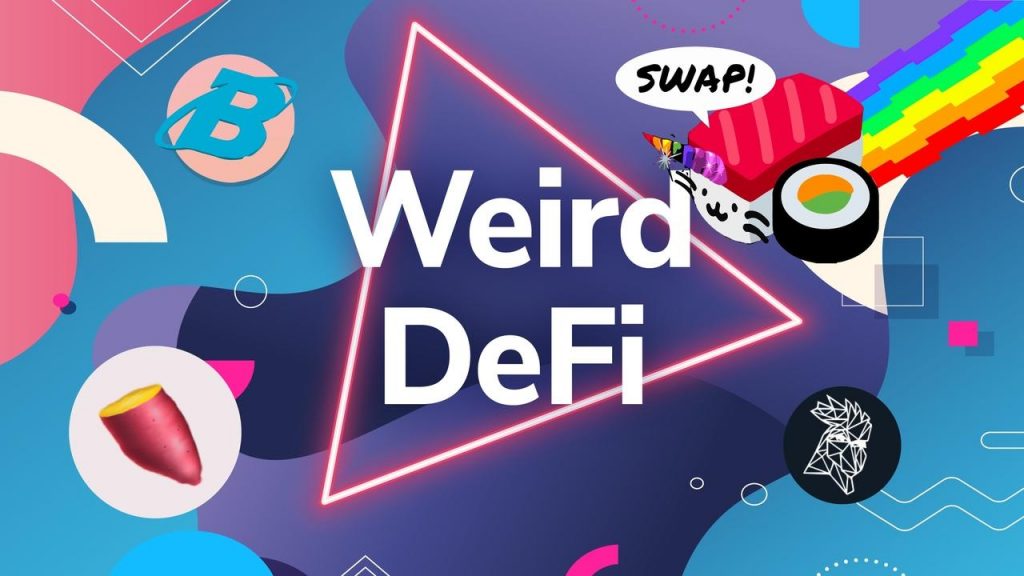
To the outsider, decentralized finance (DeFi) sounds weird enough by itself. Now try and imagine a new sector of DeFi called, “Weird DeFi.” “Weird” is probably the best description for it because it’s hard to tell exactly what’s going on under the hood with these new protocols.
Before we get into the specifics though, let’s travel back in time. It was only a short while ago when DeFi was motoring along like a tugboat making steady gains against the waves or market resistance. Then on June 15th, Compound came along with their governance token, COMP, and the speed boat of Yield Farming was unleashed.
Yield Farming
Yield farming gave DeFi users even more incentives to participate in a platform offering governance tokens. This afforded users voting rights, along with the normal profit potential expected on other DeFi platforms. In fact, there is a pre-COMP / post-COMP dividing line in DeFi if you think about it.
If you’re a little confused by all this DeFi talk, you can read our article on Yield Farming, or for a simplified version, just know that:
1) The Yield farmer borrows assets at a low-interest rate.
2) The Yield farmer then supplies assets at a high-interest rate.
3) The Yield farmer avoids liquidation by maintaining each protocol’s collateralization ratio.

So, if COMP got DeFi rolling, then the yield aggregator, Yearn Finance or Yearn.Finance, came along with an automated way to maximize yield. This set off a creative storm that has escalated into what’s known as “Weird DeFi”. We are now inundated with meme coins such as YAM, SushiWrap, Tendies, and Spaghetti.
The Era of Weird DeFi
In Weird DeFi, the line between memes, fun and games, and serious finance seems to have evaporated leaving the components to melt into one weird ball of who knows what?
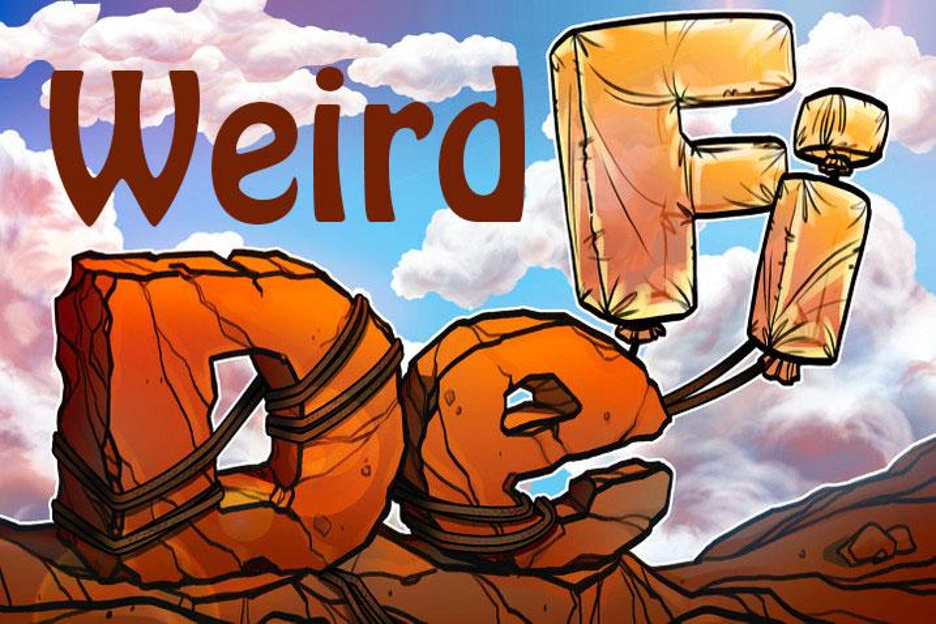
New meme coins are popping up every day. Many seem to be offering zero economic value but their founders have mastered the art of recycling tokens and gains amongst their users. These new projects are pieced together like Lego blocks in true DeFi fashion combining features from Yearn.Finance, Compound, and Ampleforth primarily.
Weird DeFi has introduced all sorts of hybrids. Yield optimizing vehicles that compel speculators to provide liquidity to the meme-ridden platforms are everywhere. Some describe Weird DeFi as a hybrid between online games and ICO pump-and-dumps.
Meme Coins
If the COMP token started the Yield Farming craze then the YAM token has to be responsible for starting this new weirdness. Although some would credit (or blame) YFI, YAM has been described as ushering in this new phase of “liquidity first and purpose later.”
So what do the meme tokens of Weird DeFi do anyways? Well, that gets a bit tricky. In a way, they’re about hijacking Ethereum for unintended use. They’re also about making money, game playing, and having fun. Fun and games can’t be all bad, can they? Okay, but people also have fun in Vegas… until they get “rekt”, that is.
But, before we get too negative let’s take a look at some of the popular meme coins in the Weird Defi space.
YAM.finance
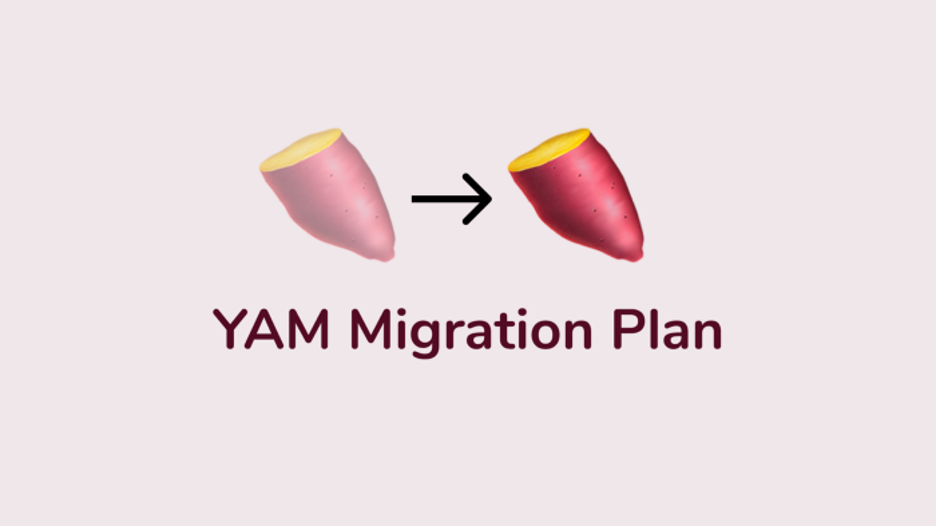
YAM is a governance token that leverages rebasing mechanisms similar to Ampleforth. Like Ampleforth, it also trades price volatility for supply volatility.
YAM can only be earned by staking tokens like YFI, COMP, and SNX. YAM holdings change every twelve hours and each time it expands the supply it automatically buys yCRV. Also, the YAM token has no intrinsic value which is similar to YFI.
The interesting thing is, even after broadcasting that their code is unaudited, their users were still willing to risk everything. They call these people DeFi Degenerates (or DeFi Degens). They were willing to farm ad nauseam with complete disregard for contract safety.
DeFi Degens foraged on, but theirs and the fate of YAM, rested in the hands of its rebase function which ultimately failed with a bug. The bug caused a loss of control over its governance feature as well as the loss of the entirety of the Curve tokens stored in its treasure.
Spaghetti (PASTA)

Spaghetti is similar to Yearn.Finance in that it creates pools for LPs to supply assets into. The pools in turn seek the best yields they can find. It also distributes the PASTA token—another valueless token that destroys itself.
BASED.money
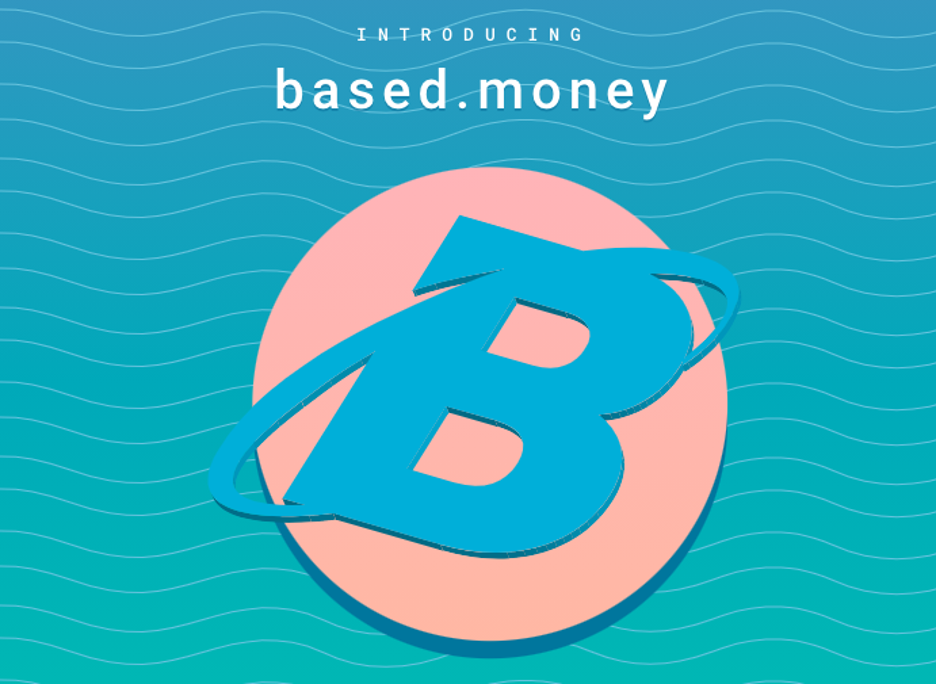
BASED is like Ampleforth except with added features. The design is set up to reward early adopters and those who are in command of the game mechanics. It also punishes those who aren’t. Yield Farmers (or is it Weird Farmers?) farm the BASED token until the price is high enough to exit with a profit before the rules change.
SushiSwap
SushiSwap describes itself as “an evolution of Uniswap with SUSHI tokenomics.” It is an automated money maker (AMM) like Uniswap. However, SushiSwap offers a governance token and favors LPs who get in early. Weird Farmers who stake LP tokens from Uniswap to SushiSwap get 10x rewards, but only early on.

It’s also been described as a vampire protocol because it seeks to siphon liquidity from Uniswap. In essence, users are incentivized to pump assets into Uniswap to get the LP tokens to pump into SUSHI. Early adopters reap the rewards. And whether this was an unintended consequence or not, all these transactions have pushed Uniswap to the top of the charts on DeFi Pulse. Once this initial bonus period is over, however, SushiSwap will redeem its rival’s assets and move them over to SushiSwap’s pools.
Vitalek Buterin didn’t call out SushiSwap by name but said, “I see some kind of weird financial attack to grab liquidity and steal network effect from Uniswap. And I’m pessimistic on that strategy.” We’ll have to wait and see how Uniswap fares after the initial bonus period.
Tendies

There is no pretense of “value add” with this protocol. It’s a straight forward, pure speculation game. Tendies starts with a set amount of tokens it burns each day. Anyone who triggers burns is rewarded with a tiny amount of TEND. However, a portion of the burns is set aside for the top-tier hodlers so the rich can get richer.
This is all very weird but what does the “face of the Ethereum franchise” have to say about it?
Vitalik Weighs In

Vitalik Buterin, a co-founder of Ethereum, compared Yield Farming’s self-sustaining model to the way central banks print money. Overall, he thinks that Yield Farming is unsustainable in the long run, and stated as much in a series of tweets:
“Personally I am steering clear of the yield farming space completely until it settles down into something more sustainable. But I’m not particularly a “smart mind in defi” so….”
The qualification notwithstanding, Vitalik is probably in no hurry for a big fat bubble to burst on top of the Ethereum blockchain. A bevy of Yield Farmers scrambling for the exits trying to liquidate layers of complex positions to save their crops wouldn’t be good for business. It would not only blacken the eye of DeFi but Ethereum as well. It would give Bitcoin Maxis yet another reason to gloat, “See, I told you so!” It’s no wonder that Vitalik is calling for calm lest people overextend themselves.
Vitalik stated: “You do NOT have to participate in ‘the latest hot DeFi thing’ to be in Ethereum. In fact, unless you really understand what’s going on, it’s likely best to sit out or participate only with very small amounts.”
Not sure if asking people to stay calm ever works when expectations of riches are so high. Would it have worked in the tulip mania? Or during the California gold rush?
Incentives
Governance tokens, Yield Farming, and now Meme coins are examples of some of the things that incentivize users to participate. It has worked for DeFi thus far, but Vitalik added:
“I see no plausible path toward them generating cash flows. That requires building applications that generate fees.”
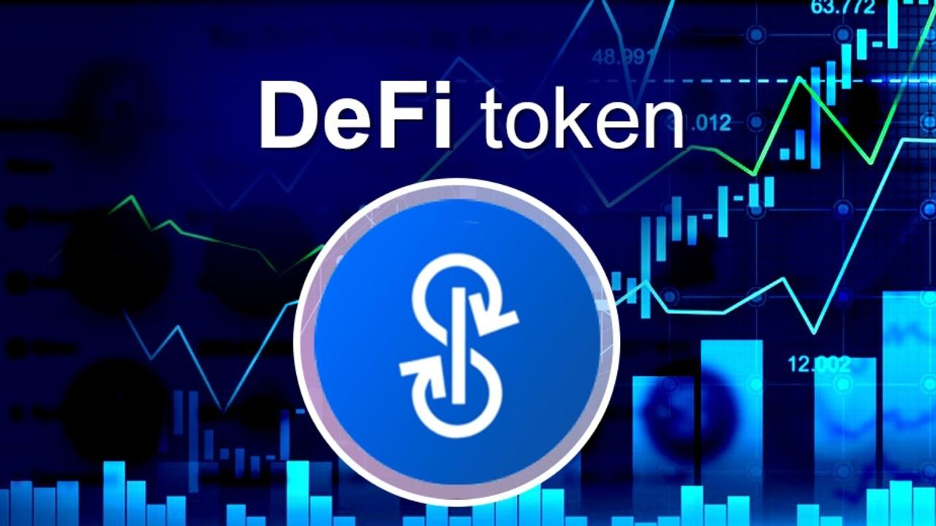
Aave, Compound, and yEarn are all examples whereby hodlers of governance tokens can vote on proposals that affect the networks’ future. But they also provide the hodler with more potential profits – especially when they grow in value.
The Future of Weird DeFi
One of the great things about DeFi is that dApps can be snapped together like Legos to create new financial projects. But maybe that’s a bad thing too. Now meme tokens are popping up all over the place.
Lending, borrowing, and hedging require liquidity. And in the world of DeFi, founders seem to keep finding new and creative ways to attract liquidity to their projects. That’s exactly what these meme coins in Weird DeFi seem to be doing—attracting new liquidity.
And at first glance, none of these meme coins seem to add any value to the DeFi ecosystem. At best, it feels like they’ll just implode on themselves leaving nothing but remnants of the rekt and a bevy of accounting games set up by mathematical tricksters and game theorists out to fleece the greedy and the naive.

In this space, value (or at least the appearance of value) seems to emanate from a token being backed by the value of another token. Thus layers develop where the value of a token is based on another token that is based on another token and so on. And with each additional layer comes more risk.
Will High Gas Fees Kill Growth?
With high gas fees, many of the Yield Farming plays are out of reach for the retail investor. Weird DeFi appears to be catering to high net-worth individuals. One has to go in for thousands of dollars to make it worthwhile because of the gas fees associated with layers of transactions. So, most retail investors will be excluded.
But that’s okay. Yield Farming itself is already out of reach for many retail investors. And it’s nothing new. The first automobile was chastised by the progressive U.S. President, Woodrow Wilson, as being little more than a shiny toy for the rich. But with advances in automation, innovation, and financing, the average person was eventually able to buy a car. It will be the same with DeFi as ETH 2 rolls out and innovations reduce gas costs.
Potential Positives of Weird DeFi
The DeFi universe is likely to accrue real value over time slowly, regardless of the fits and starts and setbacks with things like Weird DeFi. The market will shake out the weaker protocols with no “value add” and others will grow to dominate. Just like Google, Amazon, and Facebook emerged as kings after the internet’s boom and bust cycle.
Weird DeFi has already advanced the notion of fair token distributions. And it’s interesting to ponder whether or not this vampire mining strategy will become common practice as a bootstrapping mechanism for new projects. And what will the implications of meme coins be exactly?
Who knows? Some of these Weird DeFi protocols might create something of value in the long run. At present they appear to be flat-out zero-sum games where big winners of the past excel. Or a place for whales to go and dominate for quick pump-and-dump profits.
What Can Weird DeFi Teach Us?
So, what have we learned from all this weirdness? Maybe Weird DeFi will teach us how to better incentivize governance of a community? Or how to incentivize users’ behavior early on in a project? Maybe it will teach us how to better coordinate human activity? Or how to make distributions fairer between founders and users? Or maybe we’ll learn how to keep uber-talented people working together long enough so they can create something incredible.

Just look at all the great rock bands. It’s so hard to keep a band together. Imagine how terrible it would be for music lovers if some of the greats broke up before they churned out their best work. If Weird DeFi can teach us how to incentivize talented people to keep working together that would be worth it.
But maybe there’s nothing new to learn. Maybe Weird DeFi is just about money. Maybe all we’ll learn is the reaffirmation that only yield can incentivize a Yield Farmer.
What Happens when Incentives Dry up?
Which begs us to ask the question, what happens when the candy runs out? Is it a sustainable model to pay users to use a protocol? Yield Farming differs from previous incentive schemes in that it does not reward users with existing crypto. They get the protocol’s native token that hopefully will gain value.
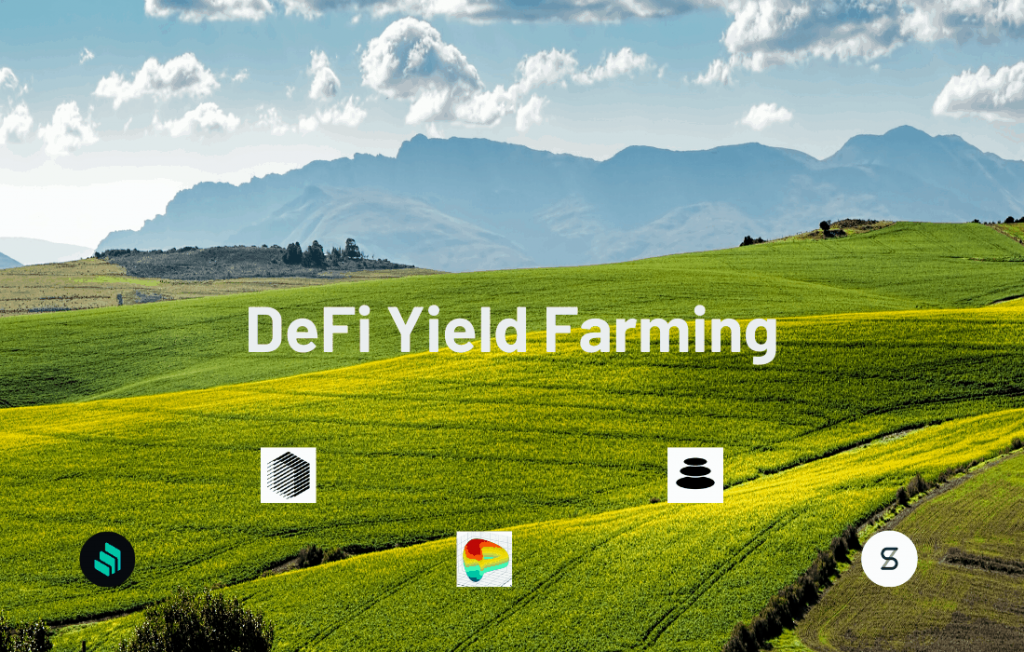
So again, what happens when the candy runs out? Will users stick around if there are no bonus incentives for using a protocol? Or will they be off to find the next shiny new toy?
It’s still too early to tell what the future of DeFi will be, much less the sector of Weird DeFi. Many protocols will crash and burn on their own, whilst others will be abandoned for the latest, shiny toy. And for those of us predicting a crash in the Weird DeFi space, shouldn’t a derivatives platform like Synthetix be offering us a way to short some of these meme coins?
Now, that would be great.
To receive the most incredible blockchain education you can find, visit Ivan on Tech Academy. Make sure to check out both courses on DeFi while you’re there.
Author: MindFrac
